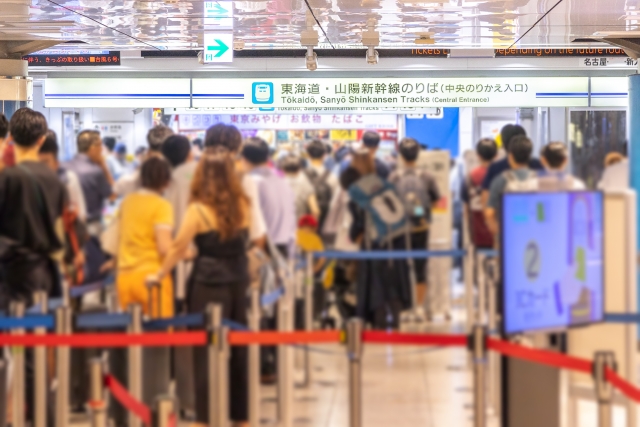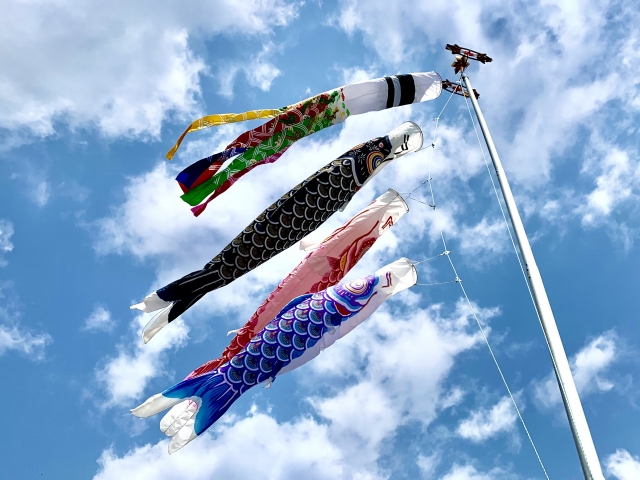In Japan, April 29, May 3, May 4, and May 5 are public holidays. The week including these holidays is called as the ‘Golden Week’. People often take annual leaves from their workplace to make their holidays longer for vacation.
During the Golden Week, many Japanese travel inside and outside the country. So, public transport, such as airplanes, trains and buses are very crowded, and so as on the road. If you travel with Shinkansen during this period, seat reservations in advance would be recommended.


What do we celebrate on these holidays?
April 29 was a holiday to cerebrate for the Emperor Showa’ birthday until 1988, but after the Showa emperor passed away, April 29 become the Greenery Day holiday. However, this name was again changed and after 2007, April 29 has been celebrated as the Showa Day.
May 3 is the Constitution Memorial Day. This holiday was established in commemoration of promulgation (1946) and enforcement (1947) of the Constitution of Japan.
May 4 is the Greenery Day. May 4th was not a holiday until 2006, but since it is between two holidays May 4th became a public holiday in 2007 to make holidays longer. The Greenery Day was April 29 from 1989 until 2006, but it was moved to May 4 in 2007.
May 5 is the Children’s Day, which was established in 1948. This is the day to celebrate healthy growth and development of children. Families display a warrior doll or ornamental helmets in their house, wishing that the child will grow strong and wise. Also, the carp-shaped streamers (koi-nobori)are displayed to pray for the children’s bright future, as carp (koi) is considered a symbol of prosperity or success.
Kashiwa-mochi, a rice cake filled with sweet bean paste wrapped in a Kashiwa oak leaf, are often eaten on May 5th. People wish the family line would keep continuing since Kashiwa oak tree leaves do not fall off until new shoots appear.



